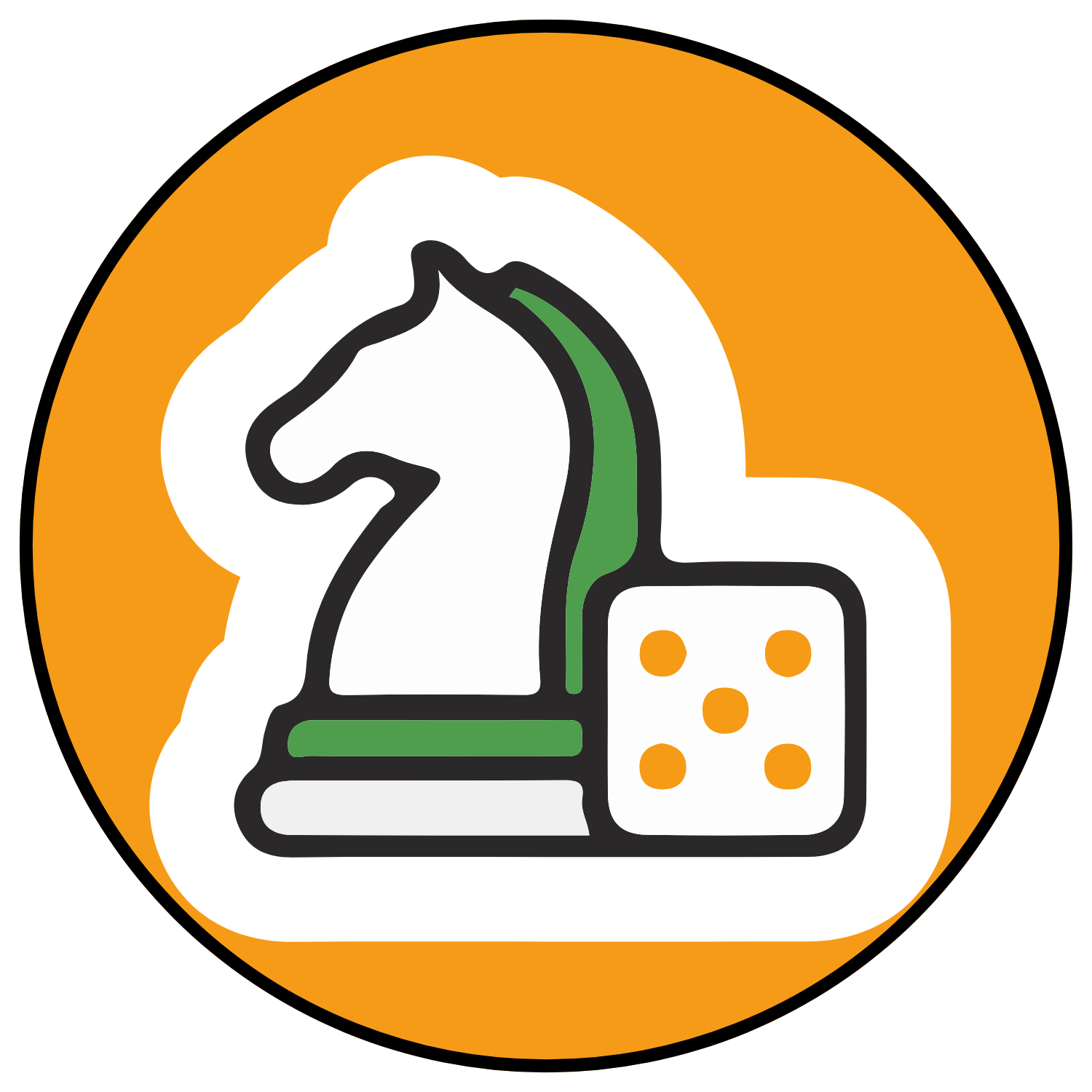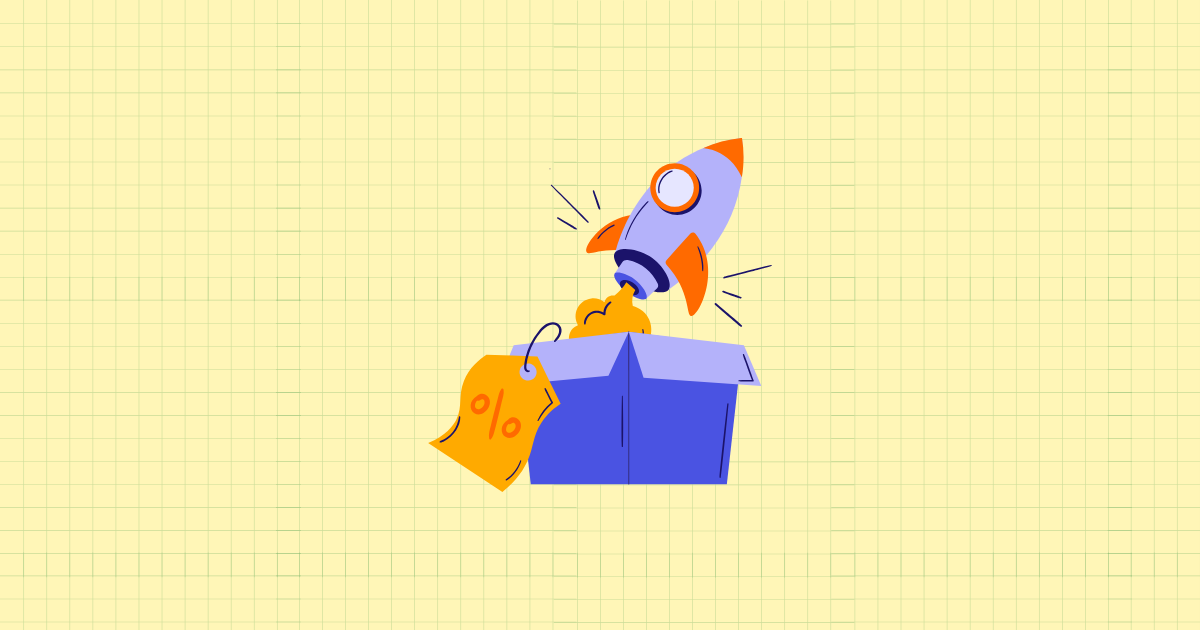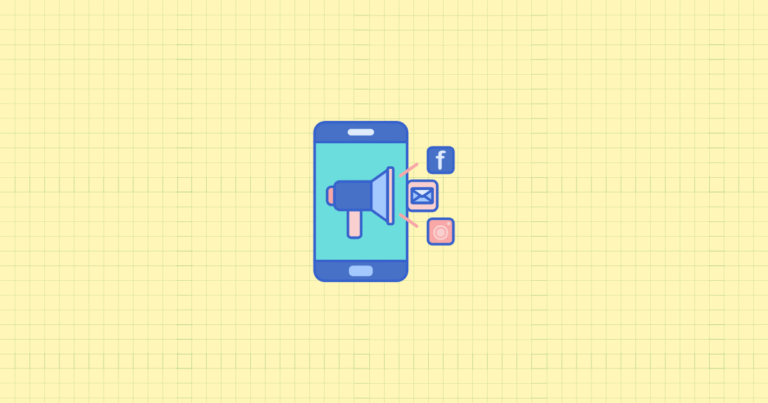Picture this: You’ve built an incredible Shopify store. Your products are amazing. Your website looks professional. But there’s one problem—traffic is trickling in when it should be flooding your virtual doors.
Here’s the reality most Shopify store owners face. Facebook holds the key to unlocking massive traffic and sales for your online business. But posting randomly and hoping for the best? That’s like throwing spaghetti at the wall and praying it sticks.
Today, we’re diving deep into the exact strategies that separate thriving Shopify stores from struggling ones on Facebook. You’ll discover how to craft posts that stop the scroll, drive meaningful engagement, and most importantly—send qualified traffic straight to your store. We’ll cover everything from basic setup to advanced targeting techniques that can transform your Facebook presence into a sales-generating machine.
Ready to turn your Facebook posts into traffic magnets? Let’s get started.
The Critical Role of Facebook in Shopify Growth
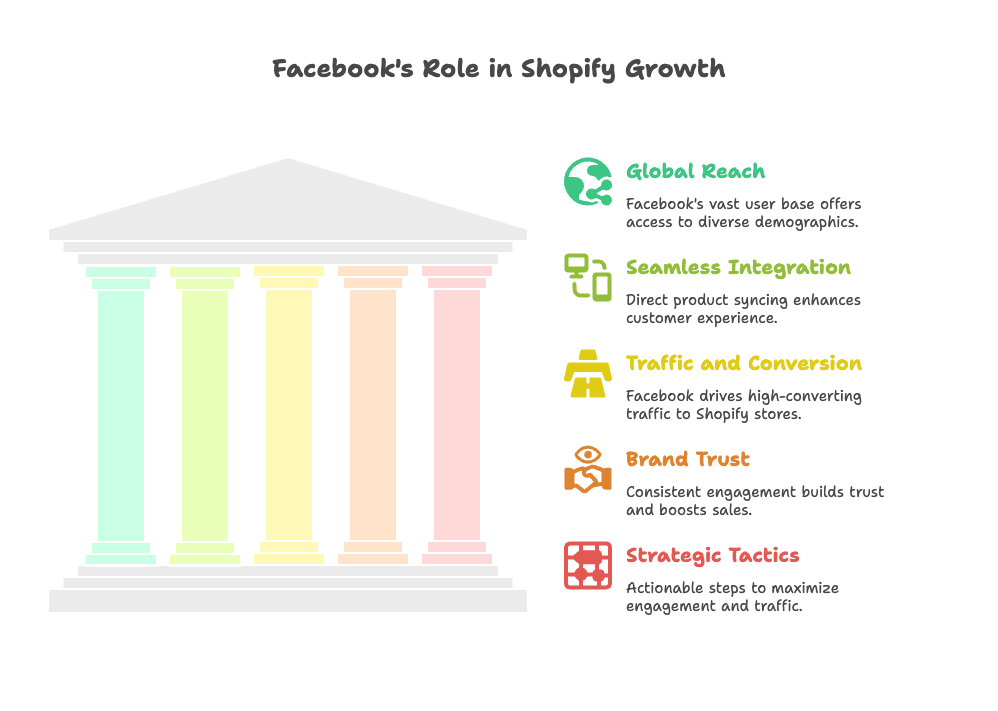
Why Facebook Matters for Shopify Stores
Facebook isn’t just another social media platform for e-commerce—it’s the heavyweight champion of online retail marketing. With over 2.9 billion monthly active users globally, Facebook provides access to virtually every demographic you could want to reach. Your ideal customers are already there, scrolling through their feeds and looking for products like yours.
But here’s what makes Facebook particularly powerful for Shopify stores: the seamless integration between these two platforms creates opportunities that simply don’t exist elsewhere. Your products can sync directly with Facebook’s ecosystem, creating a unified experience that moves customers from discovery to purchase with minimal friction.
The numbers don’t lie. Facebook posts can drive significant traffic to Shopify stores, often with higher conversion rates than other social media channels. When you build consistent engagement on Facebook, you’re not just gaining followers—you’re building brand trust that directly translates to sales. Your Facebook presence becomes a 24/7 sales representative working to grow your business.
Purpose and Scope of the Article
This guide focuses specifically on Shopify-centric strategies for Facebook success. We’re not talking generic social media advice here. Instead, you’ll get battle-tested tactics that leverage Shopify’s unique features and integrations with Facebook’s Meta ecosystem.
We’ll balance foundational principles with advanced techniques, ensuring you have everything needed to build a comprehensive Facebook strategy. Whether you’re just starting out or looking to optimize an existing presence, these actionable steps will help you maximize both engagement and traffic to your Shopify store.
Foundations: Preparing Your Shopify Store for Facebook Success
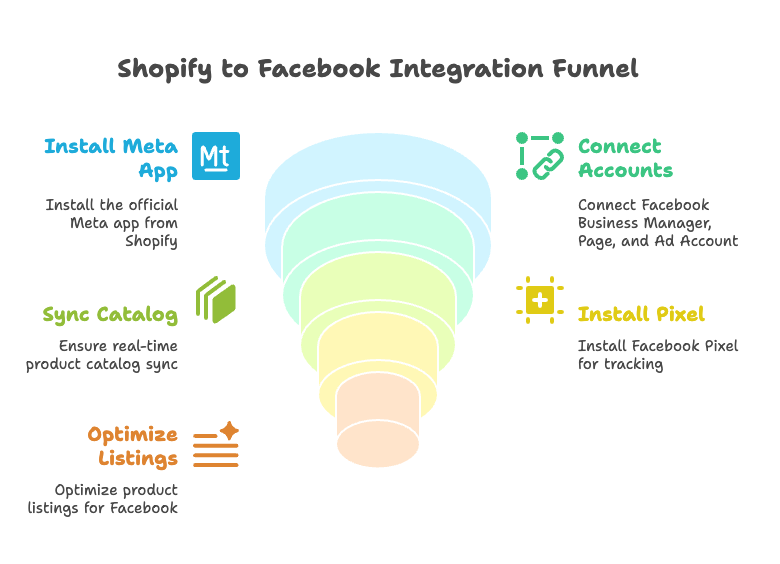
Setting Up Proper Facebook-Shopify Integration
Before you can optimize your Facebook posts, you need rock-solid integration between your platforms. Think of this as laying the foundation for everything that follows.
Start by installing the Facebook & Instagram by Meta sales channel directly from your Shopify admin dashboard. Navigate to Settings > Apps and sales channels, then click “Visit Shopify App Store.” Search for the official Meta app and click install. This isn’t optional—it’s the bridge that connects your store to Facebook’s powerful marketing tools.
Next, you’ll connect your Facebook Business Manager, Page, and Ad Account. The setup wizard will guide you through each step, but pay close attention to permissions. Make sure your Facebook Business Manager has administrative access to both your Facebook Page and your Shopify store data. This connection enables automatic product syncing and unified analytics that will save you countless hours later.
Don’t forget about catalog sync and permissions. Your product catalog needs to update in real-time between Shopify and Facebook. Any disconnect here means customers might see outdated information, leading to frustrated potential buyers and lost sales.
Configuring the Facebook Pixel
The Facebook Pixel is your secret weapon for tracking and retargeting. This small piece of code tracks visitor behavior on your Shopify store, creating detailed profiles you can use for highly targeted Facebook campaigns.
Install your pixel through Shopify’s built-in integration rather than manually adding code to your theme. Go to your Facebook & Instagram sales channel settings and follow the pixel installation prompts. This method ensures proper placement and reduces the risk of tracking errors.
Event tracking is crucial for both engagement and retargeting success. Your pixel should track view content, add to cart, initiate checkout, and purchase events at minimum. These data points will fuel your most effective Facebook campaigns later.
Always verify your pixel installation using Facebook’s Pixel Helper browser extension. A properly functioning pixel is the difference between flying blind and having laser-focused targeting capabilities.
Optimizing Shopify Product Listings for Facebook
Your product listings need to work double duty—performing well in your Shopify store and looking compelling when shared on Facebook. This requires strategic thinking about titles, descriptions, and visual content.
Structure your product titles for maximum clarity and social sharing appeal. Keep them concise but descriptive, focusing on benefits rather than just features. Instead of “Cotton T-Shirt Size Medium,” try “Ultra-Soft Cotton Tee – Perfect for Everyday Comfort.” The second version tells a story and creates emotional connection.
Your product images and videos must meet Facebook’s specifications while still looking stunning. Use high-resolution images with consistent lighting and styling. Videos should be under 4GB and optimized for mobile viewing, since most Facebook users browse on their phones.
Maintain real-time inventory accuracy between platforms. Nothing kills engagement faster than promoting products that are out of stock. Set up automatic inventory updates to prevent this frustrating customer experience.
Crafting Facebook Posts that Drive Engagement and Traffic
Key Content Formats Proven to Perform
Not all Facebook posts are created equal. Some formats consistently outperform others when it comes to driving traffic to Shopify stores.
Product highlight posts with direct Shopify links are your bread and butter. Use carousel posts to showcase multiple products or different angles of the same item. Single image posts work well for hero products, while video posts can demonstrate products in action. Always tag your products directly in the post—this creates a seamless shopping experience without requiring users to leave Facebook.
Educational and entertaining content builds the trust that converts browsers into buyers. Share how-to guides related to your products, industry tips, user-generated content from satisfied customers, and behind-the-scenes glimpses of your business. This content positions you as an expert while keeping your audience engaged between promotional posts.
Announcements and promotions create urgency that drives immediate action. Limited-time offers, flash sales, and countdown campaigns work particularly well on Facebook. The key is making your audience feel like they’re getting exclusive access to something valuable.
Copywriting and Creative Best Practices
Your copy needs to stop the scroll within the first few words. Start with attention-grabbing headlines that incorporate emotional triggers. Questions work well: “Tired of uncomfortable shoes that hurt after an hour?” So do bold statements: “This jacket keeps you warm in -20° weather without the bulk.”
Include clear calls-to-action in every post. Don’t assume people know what you want them to do. “Shop now,” “Learn more,” “Get yours today”—be direct and specific about the next step you want users to take.
Visual content must grab attention within milliseconds. Use high-quality, well-lit photos that look professional but not overly staged. Videos should start with a compelling hook in the first 3 seconds since many users watch without sound initially.
Balance promotional content with value-driven posts. Follow the 80/20 rule—80% valuable, educational, or entertaining content, and 20% direct promotional posts. This keeps your audience engaged without feeling like they’re constantly being sold to.
Timing and Frequency of Facebook Posts
When you post matters almost as much as what you post. Use Facebook Insights to identify when your specific audience is most active online. This data is unique to your followers, so generic “best times to post” advice might not apply to your business.
Consistency beats perfection every time. It’s better to post regularly with good content than sporadically with perfect content. Aim for at least 3-5 posts per week to maintain visibility in the Facebook algorithm.
Test different posting times through A/B testing. Post the same content at different times and compare engagement rates. You might discover that your audience is most active during lunch breaks or late evenings—timing that differs from industry averages.
Advanced Engagement Strategies Tailored to Shopify
Leveraging Facebook Features for E-commerce Conversion
Facebook Shops transforms your Facebook Page into a native shopping experience. Customers can browse and purchase your products without ever leaving Facebook, reducing friction and increasing conversion rates. Sync your Shopify catalog to Facebook Shop for automatic updates and consistent inventory management.
Facebook Live creates real-time connections with your audience that static posts simply can’t match. Use Live sessions for product demonstrations, Q&As, behind-the-scenes content, or flash sales announcements. The interactive nature boosts engagement while building personal relationships with customers.
Interactive posts like polls, quizzes, and question stickers spark engagement and provide valuable customer insights. Ask your audience to choose between product colors, vote on new designs, or answer questions about their preferences. This data helps inform future product development while keeping your audience actively engaged.
Community-Building and Long-Term Audience Retention
User-generated content is worth its weight in gold for Shopify stores. Encourage customers to share photos using your products by creating branded hashtags, running contests, or featuring customer photos on your Page. This authentic content builds trust better than any branded photography.
Respond quickly and authentically to comments and direct messages. Set up notifications so you can reply within hours rather than days. Personal, helpful responses build brand loyalty and show potential customers that you care about their experience.
Integrate customer reviews from your Shopify store into your Facebook content. Share positive reviews as social proof, create graphics featuring testimonials, or use review content as inspiration for new posts. This reinforces trust while providing fresh content ideas.
Promoting Posts: Using Facebook Ads for Shopify Traffic
Boosted Posts vs. Facebook Ad Campaigns: When and How
Boosted posts work best for content that’s already performing well organically. If a post is getting high engagement, boost it to reach a broader audience with similar interests. This amplifies successful content rather than trying to force poorly performing posts to succeed.
Facebook Ad campaigns through Meta Ads Manager offer more sophisticated targeting and optimization options. Use campaign objectives like Traffic for driving store visits, Conversions for sales optimization, or Catalog Sales for dynamic product promotion. Each objective tells Facebook’s algorithm exactly what result you want.
Target your ads using interests, demographics, and lookalike audiences based on your best customers. The combination of Facebook’s detailed targeting options and your Shopify customer data creates incredibly precise audience segments.
Advanced Targeting and Retargeting Techniques
Custom Audiences from Shopify data are pure gold for retargeting. Create audiences based on website visitors, people who added items to cart but didn’t purchase, past customers, or high-value purchasers. These warm audiences typically convert at much higher rates than cold traffic.
Dynamic Product Ads automatically show users the exact products they viewed on your Shopify store. These personalized ads appear in their Facebook feed, reminding them of items they were considering. The relevance and timing make these ads incredibly effective for conversion.
Lookalike Audiences based on your best Shopify customers help you find new people with similar characteristics and buying behaviors. Upload your customer list to Facebook and create lookalike audiences of different sizes—1% for highest similarity, up to 10% for broader reach.
Measuring Success and Continuous Optimization
Key Metrics to Track for Facebook-Driven Shopify Growth
Engagement metrics like likes, shares, comments, and post saves indicate how compelling your content is to your audience. High engagement signals to Facebook’s algorithm that your content is valuable, leading to increased organic reach.
Track traffic and conversion metrics through Shopify analytics, not just Facebook Insights. Use UTM parameters in your post links to identify exactly which Facebook posts drive the most valuable traffic and sales. This attribution helps you understand what content actually moves the revenue needle.
For Facebook Ads, monitor click-through rate (CTR), cost per click (CPC), return on ad spend (ROAS), and conversion rate. These metrics tell you whether your ads are compelling (CTR), cost-effective (CPC), and profitable (ROAS and conversion rate).
Iterative Testing and Refinement
A/B testing isn’t optional—it’s essential for optimization. Test different post formats, images, headlines, call-to-action buttons, and targeting options. Even small improvements in performance can lead to significant increases in traffic and sales over time.
Analyze your analytics monthly to identify patterns and trends. Which types of posts generate the most engagement? What times and days work best for your audience? Which products get the most social media interest? Use these insights to inform your content strategy.
Create feedback loops between your data and content strategy. If video posts consistently outperform image posts, shift more resources toward video creation. If certain product categories generate more engagement, feature them more prominently in your Facebook content.
Common Pitfalls and Troubleshooting
Mistakes to Avoid When Posting and Promoting
Overly promotional content is the fastest way to lose your audience. Nobody follows business pages to be constantly sold to. Mix promotional posts with valuable, educational, or entertaining content that provides genuine benefit to your followers.
Ignoring negative feedback or comments damages your reputation and relationship with customers. Address complaints professionally and publicly when possible. This shows other customers that you care about satisfaction and are willing to make things right.
Outdated product catalogs and broken links frustrate potential customers and waste your advertising budget. Regularly audit your Facebook Shop and product tags to ensure everything links correctly to available products in your Shopify store.
Troubleshooting Integration and Ad Issues
Catalog sync errors often stem from product data formatting issues. Ensure your Shopify product titles, descriptions, and images meet Facebook’s requirements. Check that your products have proper categories assigned and that inventory levels are accurate.
Pixel tracking problems can usually be resolved by reinstalling the pixel through Shopify’s native integration rather than custom code. Use Facebook’s Events Manager to diagnose specific tracking issues and verify that all important events are firing correctly.
Stay updated with Facebook’s evolving ad policies and Shopify’s platform changes. Both companies regularly update their systems and requirements. Subscribe to official blogs and announcement channels to avoid unexpected disruptions to your campaigns.
Conclusion and Next Steps
Practical Roadmap for Shopify Store Owners
Success on Facebook requires systematic execution rather than random posting. Start with proper integration between your Shopify store and Facebook Business tools. Install the Meta sales channel, configure your pixel, and optimize your product catalog for social sharing.
Develop a content calendar that balances promotional posts with value-driven content. Plan your posts around your product launches, seasonal trends, and audience insights. Test different formats, timing, and messaging to discover what resonates best with your specific audience.
Measure everything and optimize based on data, not assumptions. Track engagement metrics, traffic patterns, and conversion rates to understand what’s working and what isn’t. Use this information to refine your strategy and allocate resources toward your highest-performing activities.
Continuing Your Learning
Facebook and Shopify continuously evolve their features and capabilities. Stay informed about new tools, policy changes, and best practices by following official blogs, attending webinars, and participating in relevant communities.
The most successful Shopify store owners treat Facebook marketing as an ongoing process rather than a set-it-and-forget-it system. Regular optimization, testing, and refinement will keep your Facebook presence competitive and profitable as both platforms continue to develop.
References
- Shopify. “Social Media Optimization: 8 Expert Tips for Businesses.” https://www.shopify.com/blog/social-media-optimization
- Shopify. “Facebook Marketing: 11 Tips & Strategies to Boost Your Business.” https://www.shopify.com/blog/facebook-marketing
- Shopify. “Marketing on Facebook – Shopify Support.” https://help.shopify.com/en/manual/promoting-marketing/create-marketing/facebook-instagram-by-meta
- JoinBrands. “16-Step Guide to Run Facebook Ads for Shopify – Tips & Tricks.” https://joinbrands.com/blog/facebook-ads-shopify/
Ready to transform your Facebook posts into a traffic-driving, sales-generating machine for your Shopify store? Growth Suite can help you optimize every aspect of your customer journey. This powerful Shopify app uses AI to track visitor behavior and deliver personalized, time-limited discount offers to customers who need that extra nudge to complete their purchase. Best of all, Growth Suite integrates seamlessly with your Facebook marketing efforts, ensuring that the traffic you drive converts at the highest possible rate. Install Growth Suite with a single click and start seeing results today!
